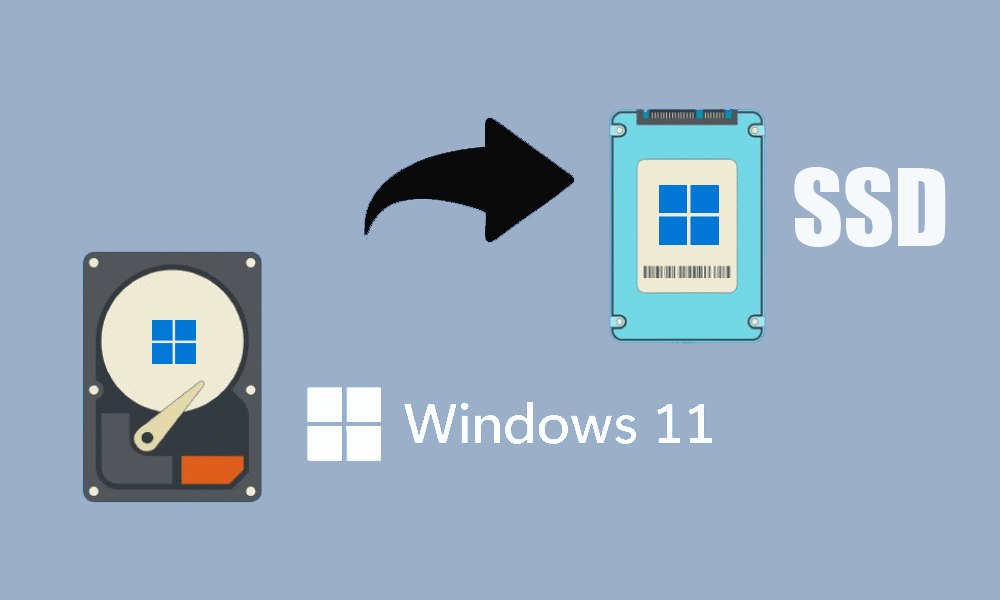7 ETL Best Practices You Should Know in 2023
Data extraction processes like ETL have become incredibly useful to businesses in the 21st century. Yet, faulty ETL makes efficient, thoughtful data analysis impossible. Adhering to industry standards on ETL can limit the detrimental effects of a disorganized ETL workflow, reducing wasted time, energy, and resources, all while improving the efficiency of analysis.
For those unfamiliar with the acronym, ETL stands for extract, transform, and load. The acronym is shorthand for the three-step process during data aggregation.
Also Read: Benefits of Software Testing
Stay Up-to-Date with the Latest Data Solutions
Outsourcing ETL responsibilities to a reputable company like Big Query can help lighten data analysts’ workload, allowing them to focus on big-picture problem-solving and execution. Big Query ETL helps fix many common errors during manual data warehousing and offers services to help analysts scale their data organization efforts.
Define Structural Needs
Understanding the scope of your data organization and its intended use is the first practical step to improving ETL. Data analysts must understand the type of data they are working with and how it will be used to develop an efficient ETL workflow.
Consider data sources, target analysis, latency, and usage when developing the organizational requirements of your ETL system. Remember to balance efficiency with the scope of work to be completed and cost.
Inspect Source Data
Data analysts should evaluate the source data compiled during ETL processes to increase the value of aggregated data. Poor quality source data can limit the practical applications of analyses derived from aggregated data. An inspection of source data should also include an examination of the qualities that define source data.
Improve Communication Between Source Data and ETL Systems
Particular attention should be paid to the extraction step of ETL. Slow communication between source data and ETL systems limits a data analyst’s ability to provide up-to-date insights based on aggregated data.
ETL developers should consider how their system will interact with source data. Developers will need to bridge many communication gaps in an ETL workflow to facilitate timely extraction.
Incorporate Data Cleansing Systems
Data cleansing grooms data before it is aggregated. Correcting inconsistencies in source data before aggregation assures insights derived from the final data set are accurate.
Data cleansing may also include the addition of additional insights from auxiliary data sets. Clean data also saves time and energy by limiting the number of corrections that need to be made post aggregation.
Design and Maintain an ETL Log
An ETL log tracks the performance of an ETL workflow. An ETL log allows analysts to monitor inefficiencies within their ETL design and quickly locate problems within the workflow. This helps them improve their ETL design and ensure an efficient data flow.
ETL logs are crucial safety features that allow data analysts to recoup their efforts in a workflow failure. ETL logs should be considered part of the ETL pipeline and regularly evaluated on performance.
Use Recovery Points
Data warehousing is a demanding process that takes time. Recovery points are essential safety features incorporated into ETL workflow that save the progress of data aggregation at regular intervals in the case of process failure.
Recovery points within the ETL workflow ensure time and energy investments are conserved during system failures. Recovery points also help ensure the data integrity of the information being stored.
Wrap Up
ETL is a data science field that helps analysts increase the performance of nearly every type of business. Developing an efficient ETL workflow is vital to performing accurate data analysis. When increasing the efficiency of an ETL system, consider the systems source data, organizational requirements, communication channels, and fail-safe features.
Share














